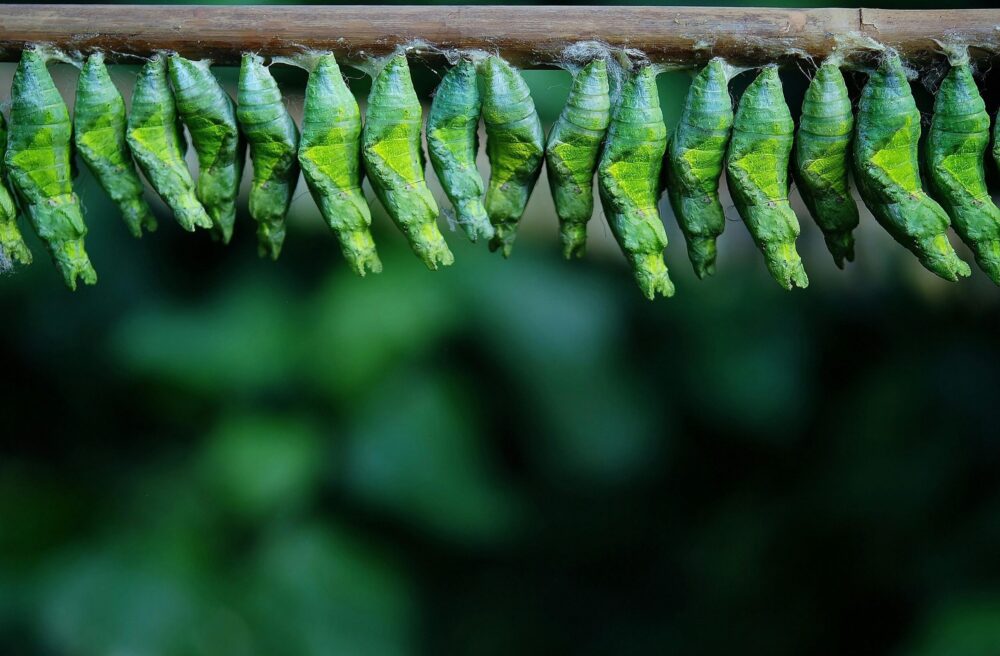“Generally, human beings have benefited greatly from scientific discoveries and inventions.”
—S. Wali Abdi
Promoting young children’s science literacy impacts every dimension of their lives, because science and technology can improve our economic well-being, national security, and even the democratic process. Science literacy refers to examining things, solving problems, and approaching simple or complex issues in a certain way. In short, science literacy skills provide children a better understanding of the world in which they live. In teaching science, we are fortunate to have two salient ingredients for science learning: children’s natural curiosity about their surroundings and the hands-on nature of science.
Traditionally, science teaching has focused on memorizing formulae and terms, and on recalling facts. Such teaching could lead to the inability of children to gain problem-solving and critical thinking skills. High-quality science learning should come from teachers’ understanding of how children learn and what they are capable of learning. Learning about science should be an integral part of the classroom. Developmentally appropriate science programs need to be based on children’s interests, questions, and play. Encouraging children to engage in in-depth exploration of a topic they are curious about can enhance children’s cognitive, motor, and physical skills.
When children actively engage in the learning process, they are passionate and enthusiastic. Children can learn science more effectively when they can play and manipulate objects. One of the tenets of developmentally appropriate practice is that children learn best through play. While there are many ways in which children can learn, teachers know that most learning occurs in playful environments, because such environments are pleasurable and can lead children to develop a fondness for learning.
This article presents the importance of playful environments in science learning, as well as practical science activities for teachers. Such activities can provide children with experiences that support their emotional, cognitive, and social development. Through science activities, children can learn about life cycles and seasons and “become aware of the interdependence between plants, animals, and elements like rain and the sun” (Torquati et al., 2010).
Playful Leaning Environments in Science Learning
Much of science learning takes place informally during everyday routines, including playing with blocks, listening to sounds, taking care of personal hygiene, observing plants, caring for pets, and preparing food. When children play, they engage in scientific thinking, because children observe, explore, predict, classify, identify, and interpret. The role of adults is to offer safe, appealing, and developmentally appropriate materials; to ask thought-provoking questions; and to support children’s investigative attitude. Adults can enhance children’s science concepts by encouraging their in-depth, reflective thinking. Asking open-ended questions such as, “What do you see happening here,” or, “Hmm, you have noticed something really interesting,” can help children continue their rich thinking and exploration.
ADVERTISEMENT
Teachers can promote children’s construction of knowledge and nurture their curiosity through hands-on, minds-on, and inquiry science learning in playful environments. Hands-on learning refers to working with developmentally appropriate materials that offer multi-sensory acquisition of new knowledge. Minds-on learning entails deeper thinking and involvement, where children question and reflect on the processes of inquiry. Inquiry learning means children question, experiment, investigate, and find answers. While playing, children are asked to make sense of activities and to explore science concepts.
Playful Science Activities
- The teacher drops ice cubes into a clear container half-filled with water and asks the children to observe. After a few minutes, the teacher asks, “What happened to the ice cubes?” Children notice that the ice cubes melted and disappeared in the water. Children can duplicate the teacher’s demonstration and learn that ice is the same as water, only in a solid form. These activities teach children skills of comparing and contrasting solids and liquids.
- The teacher asks children to pour water and fill cups as full as possible. Using eyedroppers, the children can carefully drop water droplets into the cup and keep counting. Then, they will notice that water heaps up over the rim of the cup. What is the reason for this occurrence? Here is a simple explanation: water heaps up above the rim, and a water dome is created because of the strong attraction of water molecules for each other.
- The teacher provides children with opportunities to explore and play with simple items. By providing a basket of loose parts, including paperclips, marbles, blocks, index cards, magnets, buttons, rocks and minerals, leaves, and seeds, children may naturally begin to categorize color, shape, size, or specific attributes. Children should be given the opportunity to explain how and why they categorized their objects. Teachers can provide magnets and ask children to find out if magnets will attract items like soft drink cans, paper clips, steel washers, rocks, marbles, and plastic items.
- The teacher provides children with hand lenses and takes them on a nature walk around the school yard or in the community. Children observe leaves, bark, insects, and other objects closely, and discuss the characteristics with each other and their teacher. Students use paper and pencils or crayons to complete a drawing or a rubbing of the object.
- The teacher offers children a variety of bottle caps to spin on the pavement. Children can keep records of how fast or slow each cap spins. With the teacher’s help, children create a chart of the caps that are faster or slower. Also, children can determine reasons for some caps spinning faster than others, by observing whether each cap is made of plastic or of metal.
- The teacher provides an opportunity for children to paint outdoor objects with brushes dipped in water. Children enjoy this painting activity and can see how water evaporates when the sun is out. Children can take pictures of outdoor objects before, during, and after they paint, so that they can see how water evaporates depending on the weather. They can also create a book using their photos to document their activities for other children and family members.
Young children have intrinsic curiosity about their surroundings, and need to inquire with hands-on and minds-on science activities in playful environments. The teachers’ supervision, engagement and explanations ensure that children develop a correct understanding of science concepts, experiments, and phenomena. Developmentally appropriate teaching requires preparation, confidence, and knowledge of science. To a greater extent, when children engage in playful science activities, they feel free to explore and enjoy the surroundings.
References
Abdi, S.W. (2006). The essentials of science teaching and learning (2nd ed.). Boston, MA: Pearson.
Torquati, J., Gabriel, M., Jones-Branch, J., & Leeper-Miller, J. (2010). Environmental education: A natural way to nurture children’s development and learning. Young Children, 65(6), 98-104.
Related
ADVERTISEMENT













